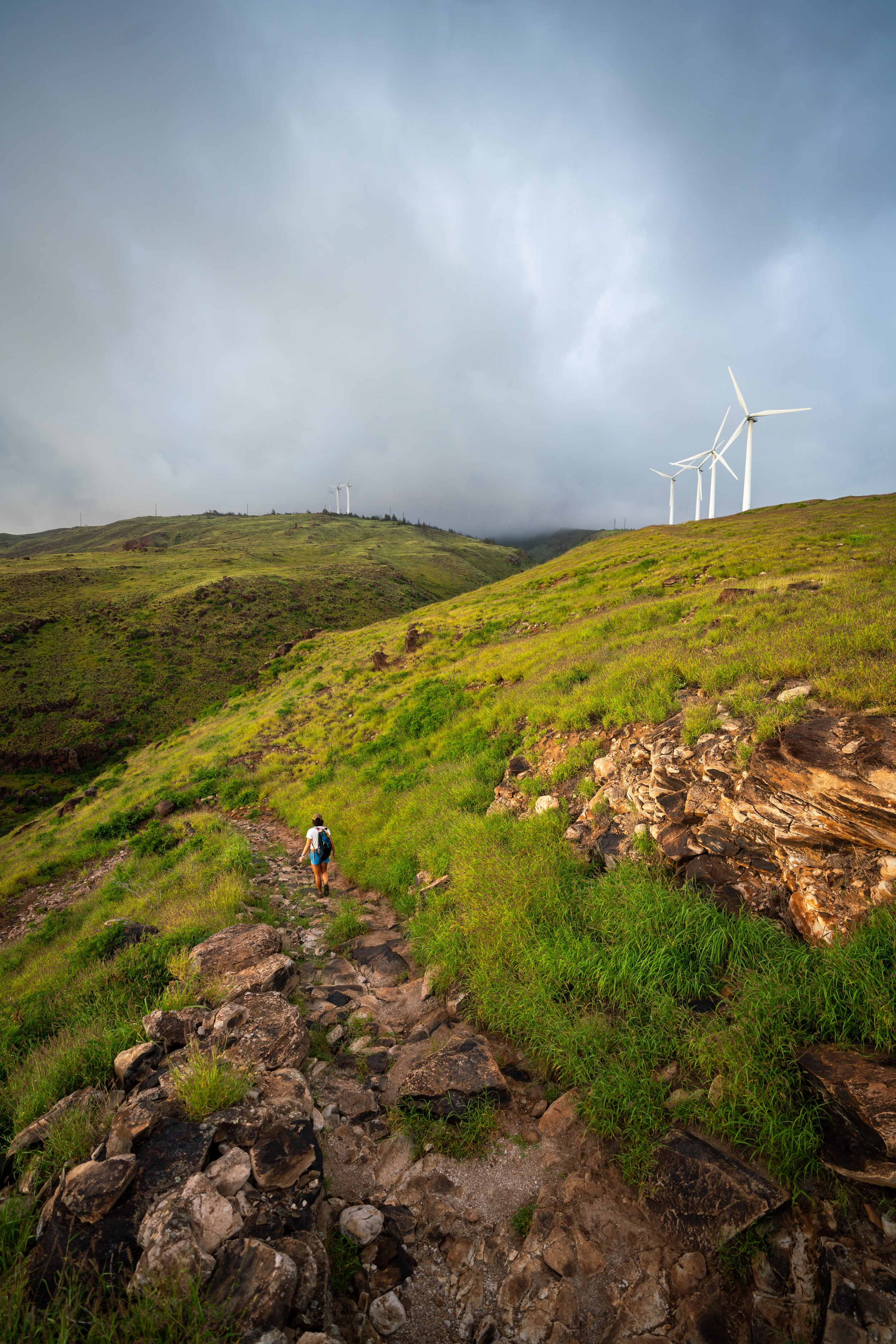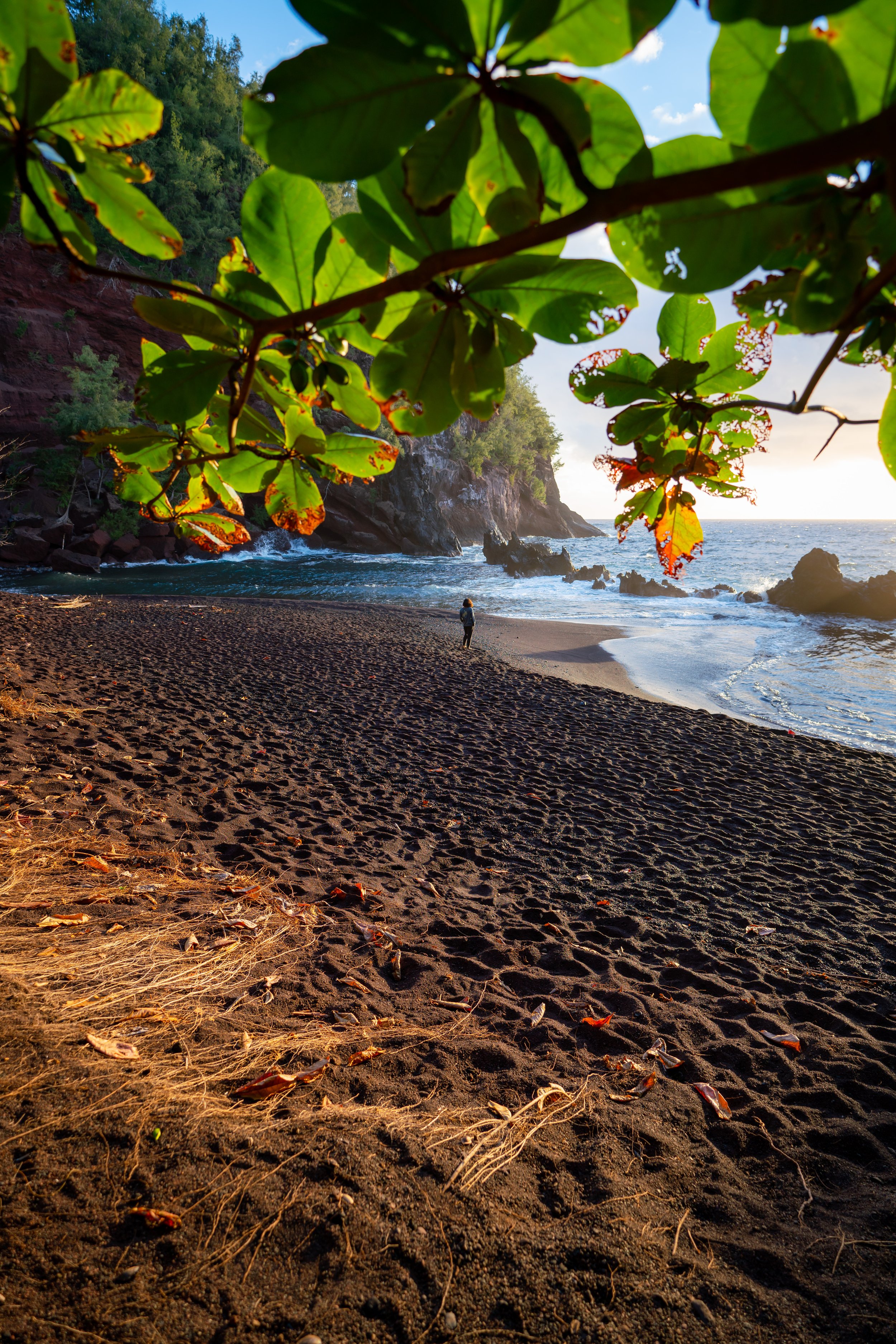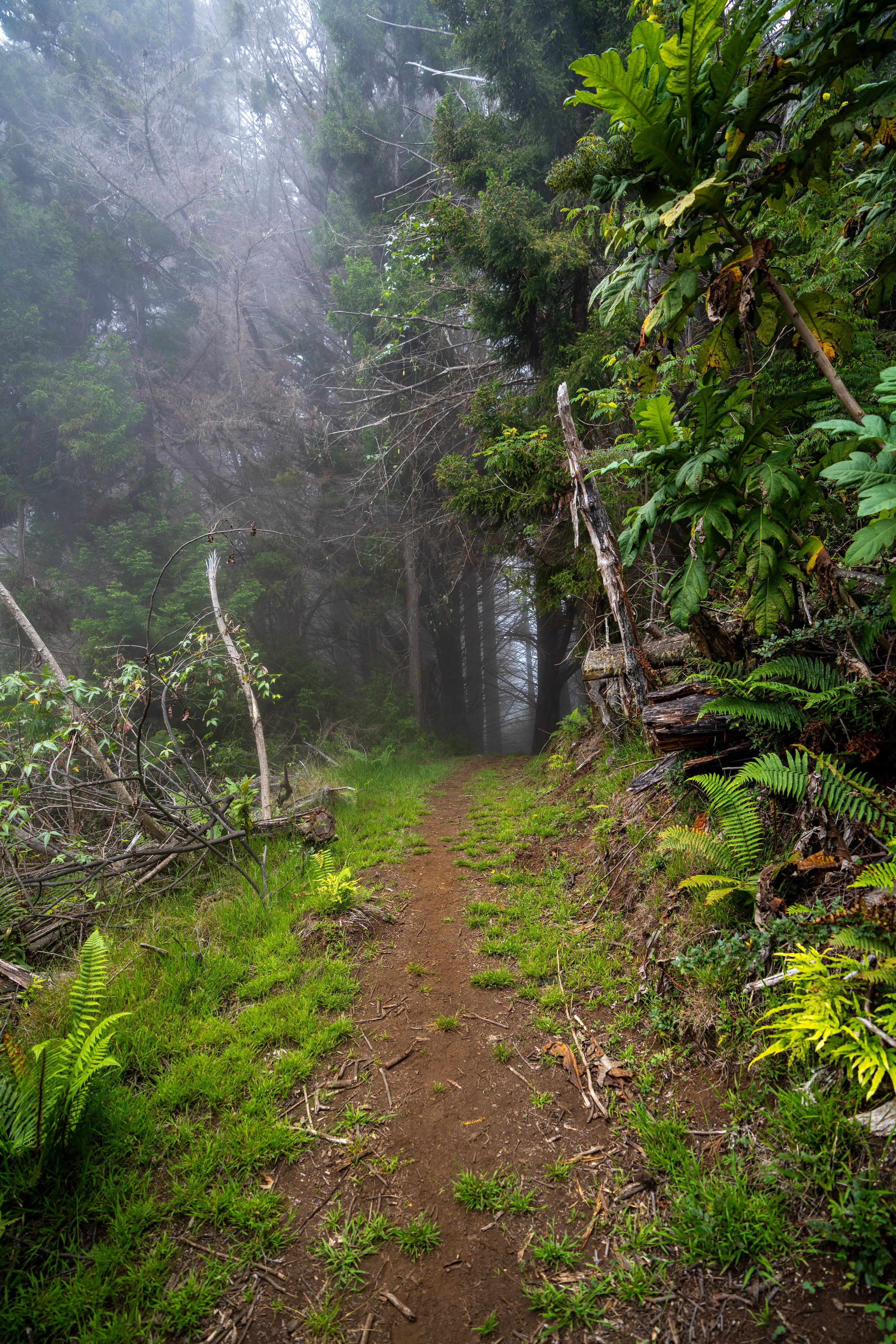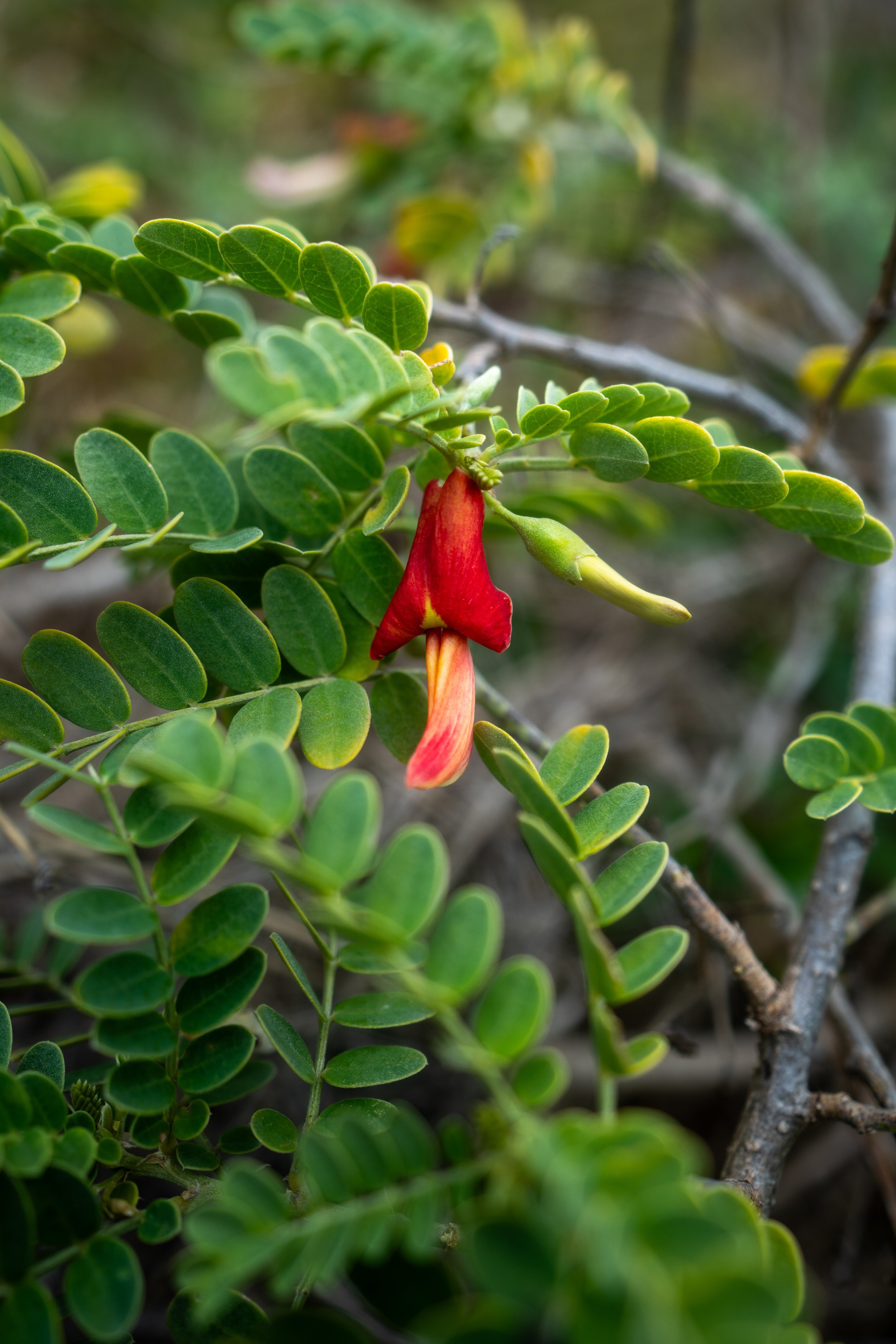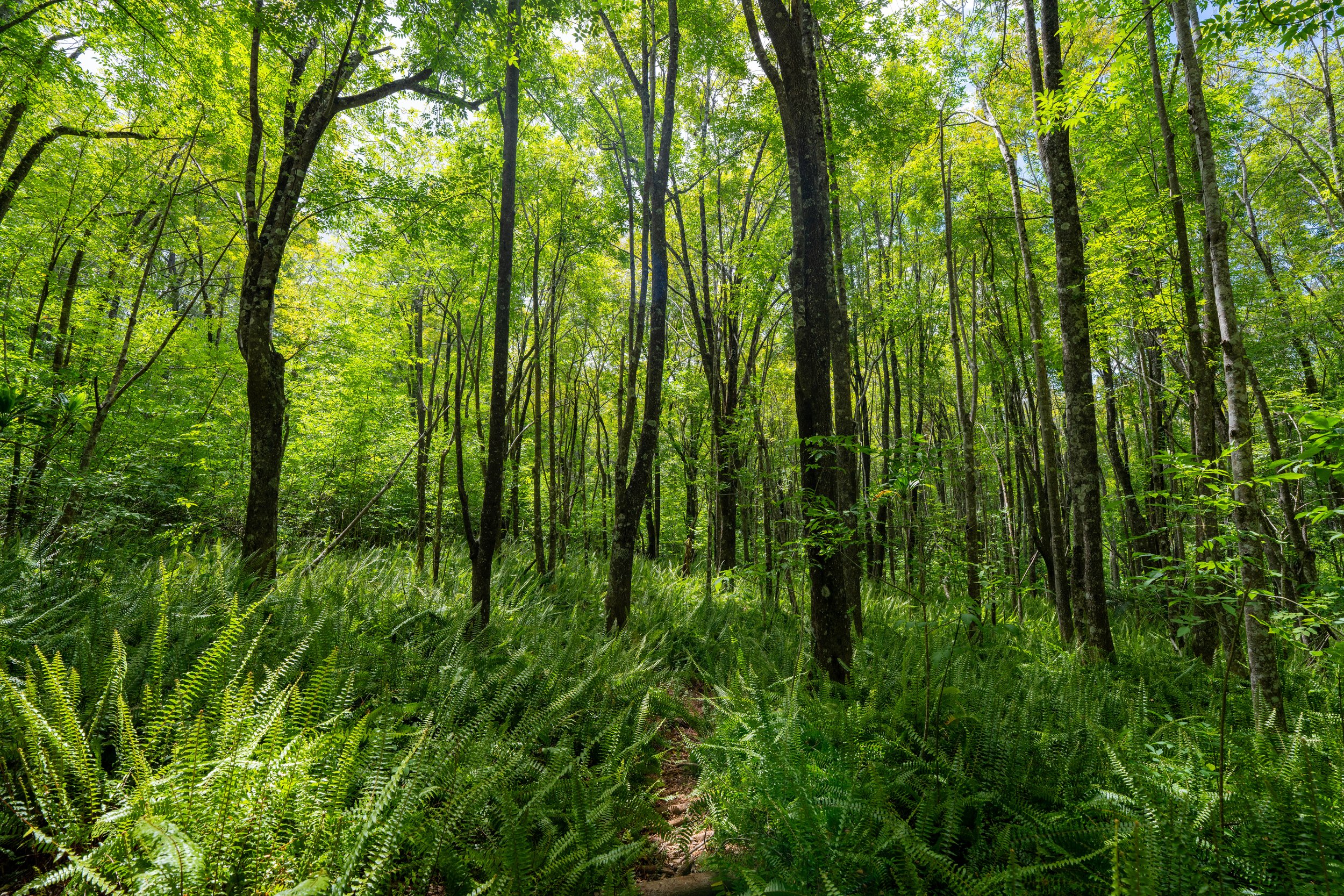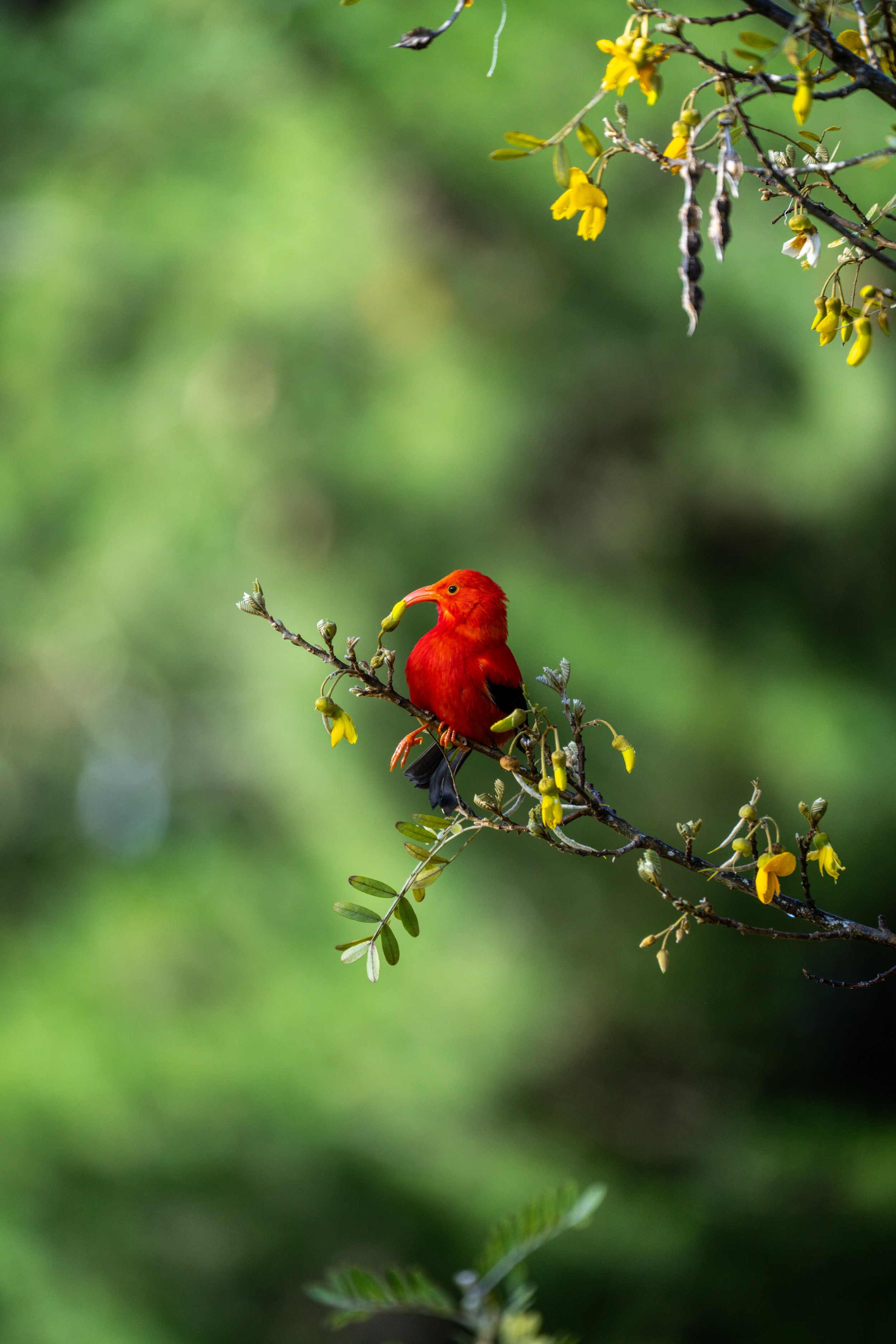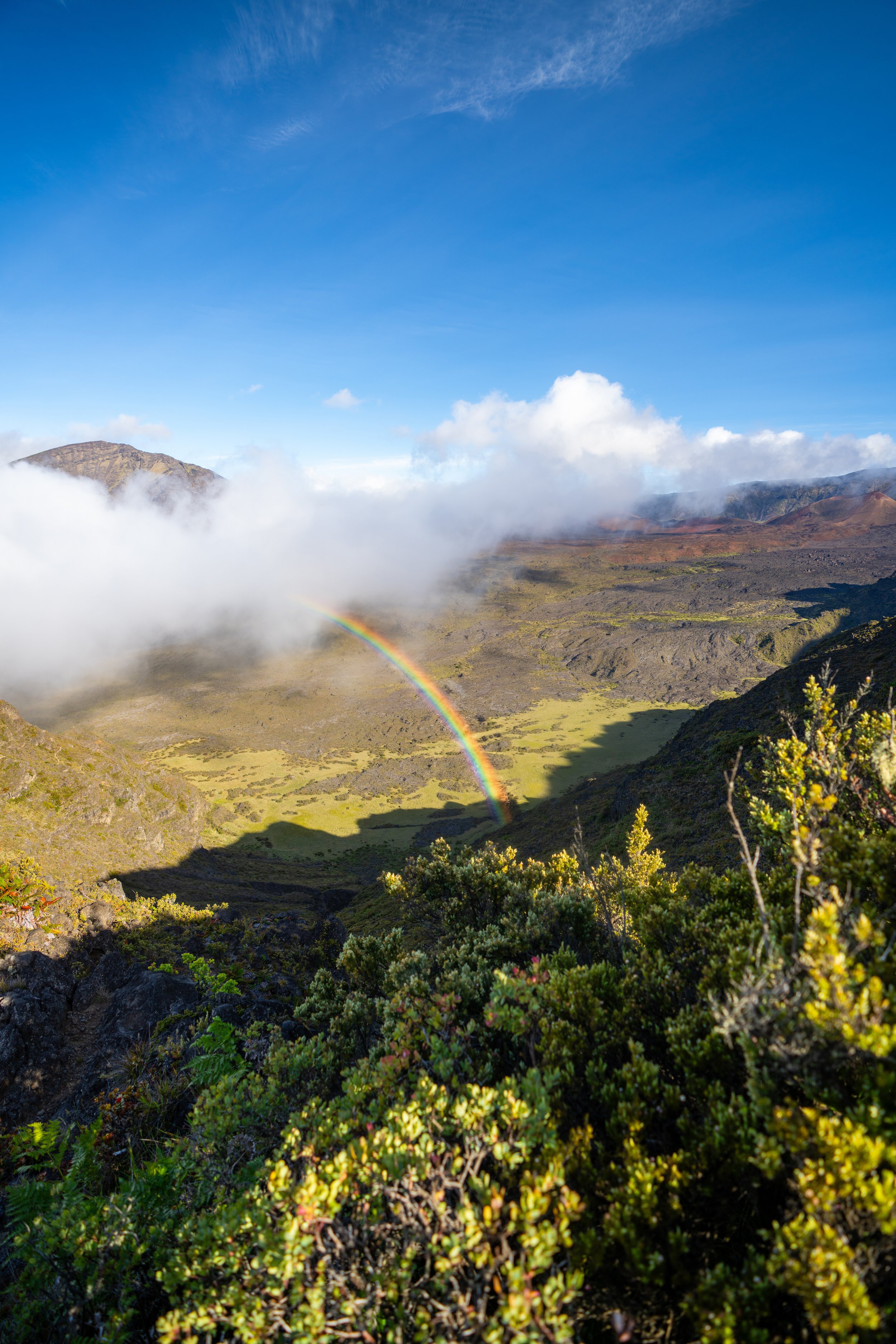Hiking the ʻĪao Valley Tableland Trail ('Secret' Trail) on Maui, Hawaiʻi
Distance: 3.4 miles / 5.5 km
ʻĪao Valley is widely renowned for being one of the most beautiful, rugged, but also accessible places to enjoy the beauty of the West Maui Mountains.
That being said, the main trails within ʻĪao Valley are all relatively short, with limited views. However, there is a 'secret' trail within ʻĪao Valley that is not often hiked by most people who visit the valley.
This 'secret' trail is known as the ʻĪao Valley Tableland Trail, or ʻĪao Valley Secret Trail, and it’s definitely one for the adventurous kind of hiker looking to escape the crowds that can be found throughout the designated trails within ʻĪao Valley State Monument.
ʻĪao Valley State Monument Parking
Parking for the ʻĪao Valley Tableland Trail is located at the same parking area within ʻĪao Valley State Monument.
That being said, there are a few things to know about visiting ʻĪao Valley State Monument prior to visiting, which entirely has to do with how the Department of Land and Natural Resources manages the parking within this congested area.
Who Needs an ʻĪao Valley Parking Reservation?
Hawaiʻi Residents - This is your home, and generally speaking, there should always be a parking spot open for you! Simply show your Hawaiʻi State ID to the folks working as you drive in, and you are free to park and enjoy everything within ʻĪao Valley State Monument without an advanced reservation.
Visitors/ Non-Hawaiʻi Residents - All non-residents wishing to enter/ park within ʻĪao Valley must have an advanced reservation. In summary, advanced parking reservations can be extremely competitive and hard to come by. However, by booking one of the ʻĪao Valley tours below, you can enjoy the best of ʻĪao Valley, without having to worry about an advanced reservation.
Note that visitors accompanying State of Hawaiʻi residents are not exempt from the entry fees.
Google Maps Directions: ʻĪao Valley State Monument
Hiking the ʻĪao Valley Tableland Trail
The ʻĪao Valley Tableland Trail begins at the same trailhead as the rest of the trails within ʻĪao Valley State Monument.
From here, simply walk the paved trail up to the ʻĪao Valley Needle Lookout, which is where the 'real' ʻĪao Valley Tableland Trail begins.
When the trail splits, go right to cross the bridge over ʻĪao Stream.
Kūkaʻemoku Lookout (The Needle) & Tableland Trailhead
Once at Kūkaʻemoku, the upper ʻĪao Needle Lookout, the ʻĪao Valley Tableland Trail branches off past the main lookout to the left.
ʻĪao Valley Tableland Trail
It’s truly only after the ʻĪao Needle Lookout that the real hiking begins!
In short, the ʻĪao Valley Secret Trail follows a mostly forested trail, with a handful of lookouts along the way.
The elevation gain is fairly moderate, and it isn’t until the end of the trail that the ʻĪao Valley Trail noticeably gets steeper.
This first viewpoint of Kūkaʻemoku is already better than the designated one at the upper ʻĪao Needle Lookout shown above.
At this first split, go right to continue on the Tableland Trail.
After the first split, the trail will split a few more times. However, for the most part, these diversions meet together shortly after they split.
With that in mind, as long as you follow the most obvious trail, you’ll be on the correct path.
This is when the ʻĪao Tableland Trail really starts to have beautiful views of the upper valley.
It’s always nice to find endemics like Neleau, the Hawaiian Sumac, growing along the trail.
Then, whenever there appears to be a split to the left, stay to the right.
These trails on the left are created by hikers who get off track and slide their way down to the real trail, which typically happens on the return hike shown at the very end of this article.
After these initial views, the ʻĪao Valley Tableland Trail enters a fairly dense Strawberry Guava forest, which remains nearly constant for most of the hike until the end.
In areas like this dense and invasive Strawberry Guava forest, it’s again nice to see natives coming through, like this Kōpiko.
This again is one of many splits in the trail that meet shortly after.
This unnamed stream is a nice sign that you’re nearing the ascent up to the first viewpoint.
Then, with almost no warning, the ʻĪao Valley Tableland Trail begins its steep ascent up to the first viewpoint.
This section, and the sections that follow, are easily the steepest and most challenging parts of the entire ʻĪao Valley hike.
ʻĪao Valley Tableland Viewpoint
With stunning views of the south side of ʻĪao Valley, this first viewpoint is typically the end of the trail for most hikers.
However, should you choose to hike further, the views only get better and better, but that comes with the trail becoming less trafficked and more overgrown!
This is where the ʻĪao Valley Tableland Trail continues, but if you had any difficulty with the hike up to this point, I recommend turning back.
The trail only gets more difficult the further you proceed!
The difference in overgrowth is likely the most obvious challenge, but a steep ascent and overgrowth only make sections like this more difficult than they would be otherwise.
For this reason, I again only recommend hiking this far for the best and most experienced hikers. From years of hiking and climbing experience here and throughout the world, I can promise that Hawaiʻi hiking is harder than anything you’re likely accustomed to.
This is the top of the second hill, but continuing just a little bit further is where the views really begin to open up!
Then, over the course of the next 0.1 miles (0.2 km), the dense trees begin to clear, and the back of ʻĪao Valley with all of its stunning waterfalls opens up, unlike anywhere else on the trail!
That being said, the trail does continue further, but I only have it shown to the point where the trail really begins to fade and the vegetation takes over.
If you’ve made it this far, the rest is up to you!
ʻĪao Valley is full of secrets, but those secrets are best left to those that can find them!
Hiking Out
This is the split in the trail where hikers get off track and create those steep trails off the ridge to join back up with the main trail, as previously shown.
With that in mind, go left to remain on the ʻĪao Valley Tableland Trail, which is the easiest and most direct way to hike out of the valley.
Native Plants on the ʻĪao Valley Tableland Trail
ʻĪao Valley is filled with both native and non-native plants, as mentioned throughout this article.
That being said, some of the natives that hikers can expect to see include Uluhe, Koa, ʻŌhiʻa lehua, Kōpiko, Neleau, and Palapalai, to truly only name a few.
If you would like to learn more about these and many other native Hawaiian plants from across the islands, I encourage you to check out my separate post linked below.
Read My Separate Post: Native Hawaiian Plant Guide



